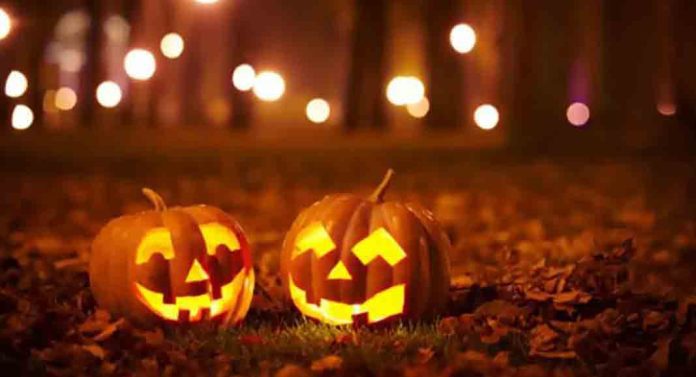Every year on October 31, the eve of All Saints Day, Halloween is commemorated in Western countries such as the United Kingdom (UK), Ireland, Scotland, the United States of America, and several European countries.
The day is marked by eerie celebrations and is widely observed around the world. On Halloween, people dress up as ghosts, witches, zombies, fictitious characters, and organize parades, parties, and get-togethers.
Why is Halloween celebrated on October 31?
It was a prevalent idea in places like the United Kingdom and Ireland that supernatural entities — or the dead — could visit Earth on the eve of All Saint’s Day every year. Similar beliefs are held by the Celtics, a group of tribes from Central Europe. They observed October 31 as the eve of New Year’s celebrations, believing that on that day, the boundaries between the living and the dead blur. With a festival called ‘Soin,’ the Celtic harvest season came to a conclusion on October 31.
Agrarian villages used to congregate, light bonfires, and have a good time in order to drive the dead back to the spirit world and keep them away from the living. As the Catholic Church’s influence grew in Europe, pagan ceremonies such as Soin were condemned.
The Vatican later merged it with a church-sanctioned festival in the 7th century.
On Halloween, why do people dress up as ghosts?
It is a Celtic practice to dress up as magical entities. People dress up as frightfully as possible to avoid being recognized by evil spirits on Halloween. To avoid any encounters with the undead, the Celtics would don terrifying masks.
What are trick and treating?
Trick or treating began in the United States in the second part of the 1930s, when Americans were influenced by Irish and English Halloween traditions. Trick or treating entailed visiting door to door, dressed in eerie costumes, and begging for food or money.
The term “trick or treat” is claimed to have arisen as a way for parents to protect their children from being tricked by giving them candy.
It was thought that the ghost may appear in people’s homes as a beggar, begging for food or money (treat) and that if they refused, they would face the spirit’s anger. Another legend claims that if you dress up like a ghost, the spirits will be fooled into believing you are one of them and will not harm you.
The lighting of “jack-o-lanterns,” which people nowadays carve on pumpkins, is a well-known cultural aspect of Halloween. According to legend, the Celtics used potatoes or turnips to build temporary lamps in their homes to summon good spirits on Halloween.
The festival has become well-known in practically every part of the globe. It is widely observed in several Asian countries, including China, Japan, and India.




![Ranking US States: From Healthiest to Least Healthy [2024 Guide] Health Rankings US States](https://articleify.com/wp-content/uploads/2024/03/Health-Rankings-US-States-218x150.jpg)









![Technical Aspects of 844 Area Code in 2024 [Detail Guide] 844 Area Code](https://articleify.com/wp-content/uploads/2024/01/844-Area-Code-150x150.jpg)














